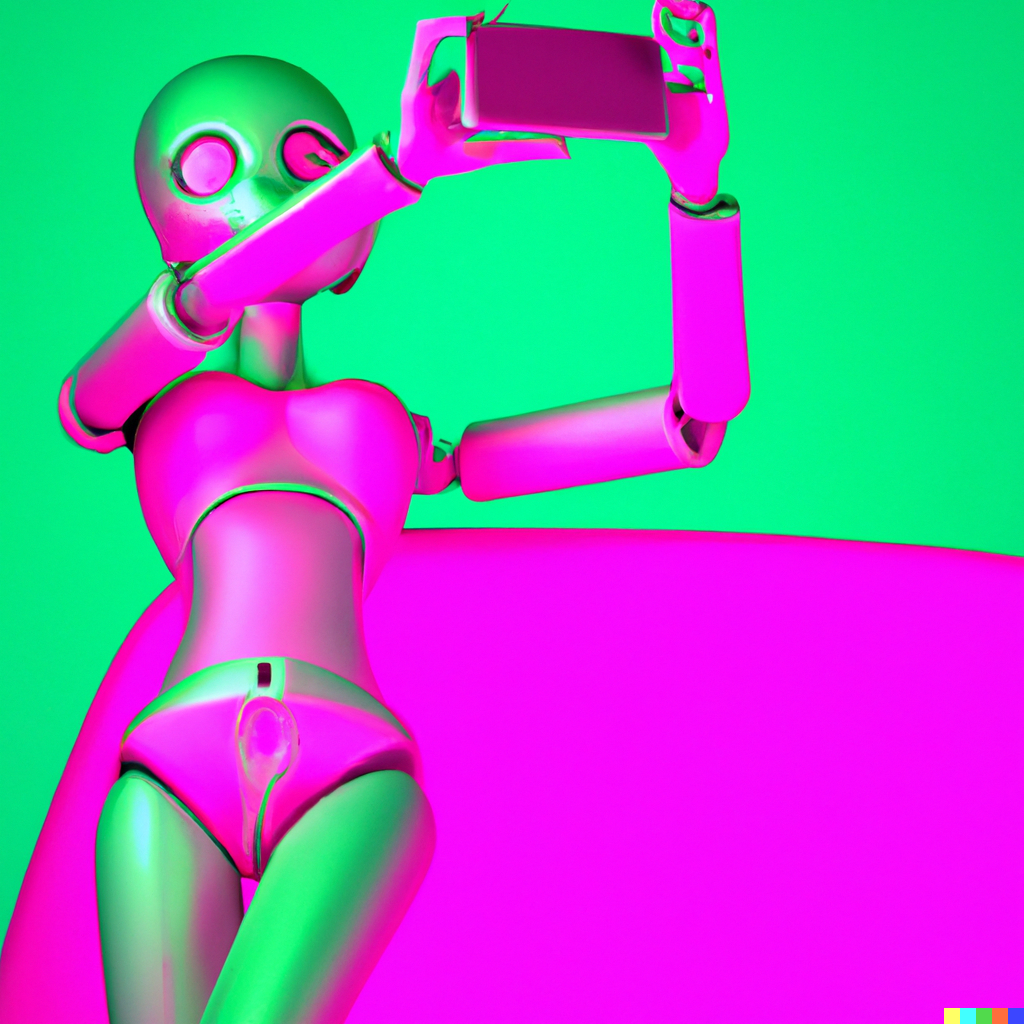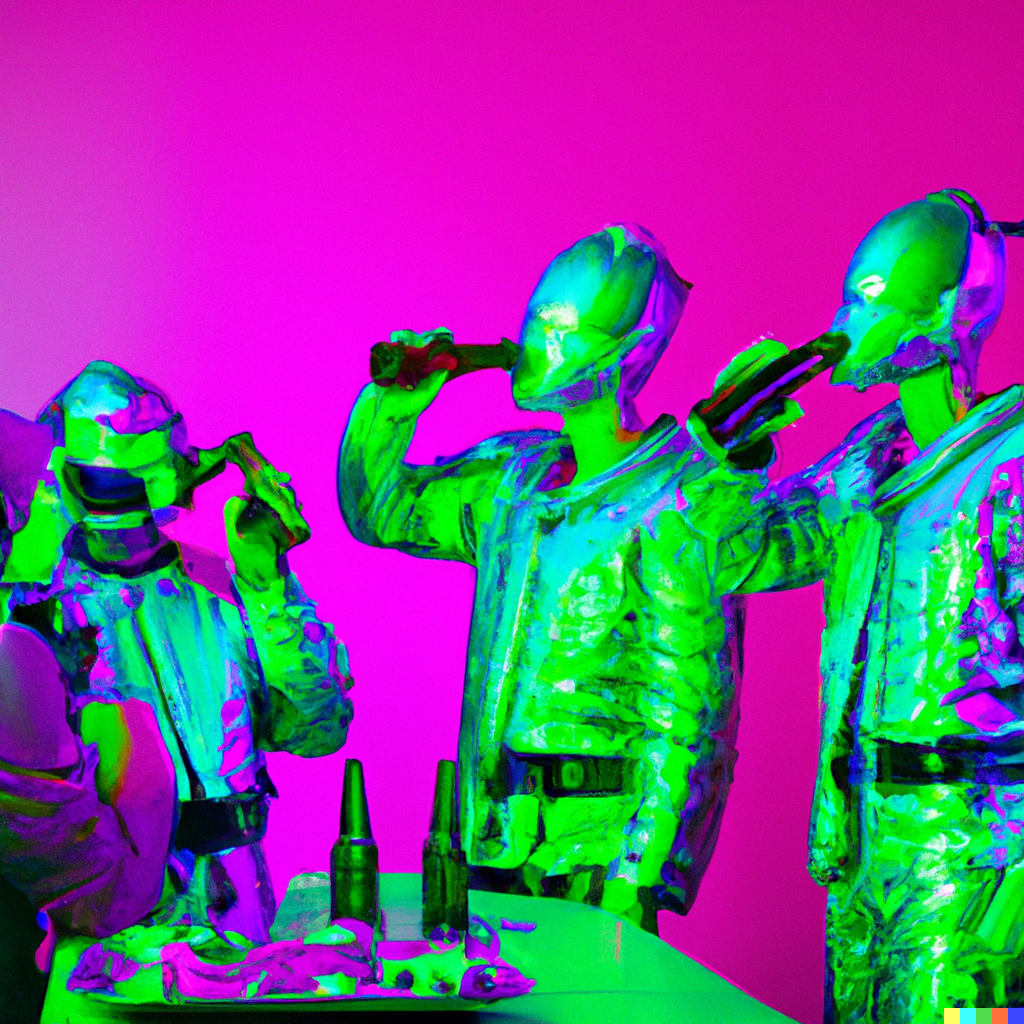The Cyburban Myths of Online Dating
by Aditi Peyush
I just feel uneasy with the thought of someone evaluating me based on some photos and a short description. I enjoy going to museums and people-watching, I’m a damn good baker, I love lying on the grass with a book, and I ramble on about evolutionary biology when I get drunk — you get the gist. I’d consider myself a pretty multi-dimensional person, but how could anyone understand that from an assortment of photos?
There are over 300 million dating app users around the world. Online dating has been around for a while (let’s not forget why YouTube was invented), but the matching algorithms embedded in dating apps constitute a new development in the history of dating. This gives rise to a “dilemma of contemporary love” of sorts. Dating is inherently driven by emotions to make decisions, but apps lack the structure to regulate and organize this process. Instead, we’re presented with matches based on obscure algorithms that are either hidden from the public to dodge accountability, or an “evolution” of traditional algorithms like Tinder’s use of the Elo rating system. So I set off to make sense of dating apps: evaluate the claims against them, ponder the implications of their use, and try to understand the algorithms.
During the Tumblr era, I remember the thrill of curating my blog to fit a certain theme. The process of establishing a dating profile elicits those memories — with less excitement. My blog was a collection of nature shots, literary quotes, muted colors, and the occasional tongue in cheek. On the other hand, constructing a dating app profile felt so contrived — with the objective to convey my sense of self in a way that would be “marketable” — that I let my friend build a representation of me, for me.
And a body of literature validates my feelings: There’s a tension between presenting an authentic self that’s supported by your personal style and unveiling yourself to strangers under the implied social norms of dating apps.
Researchers Degen and Kleeberg-Niepage thoroughly evaluated common types of photos on dating app profiles to understand how users shape themselves in the context of dating app profiles.
 |
 |
|
Selfie The photographer and photographed person are the same subject — challenging the natural difference between them. The selfie is an act of control and full subjective agency. |
Informative The informative picture gives insights into hobbies, activities, and interests by showing them in the background. Taken by someone else, these photos are socially interactional and can hint to a certain lifestyle. |
 |
 |
|
Snapshot Snapshots are taken without the photographed person’s awareness. The subject’s facial expression in a seemingly natural situation communicates their aura and a form of authenticity characterized by a situated moment. |
Sociable and enjoyable The subject is in a group or social setting, pointing to possible social competence, a lack of loneliness, and a person worth being around. |
 |
 |
|
Professional These are high-quality pictures taken by a professional photographer. A subject here is posing for the picture, presenting an orchestrated self and drawing attention to their career or other aspect of their life. |
Incognito These photos characterize a hide-and-seek; shifting the focus from the face to the body. The subject’s face is hidden which constructs a sphere of mystique, a tension of the play with curiosity, control and what might hide behind the mask. |
 |
 |
|
Suspending the subject These images — often random objects or memes — don’t hint at the subjects’ appearance; and the presented objects invite a huge range of interpretation, speculation, and projection. The recipient is responsible for interpreting the image and deciding whether to swipe or not. |
Challenging the logic These photos use irony to create distance from the platform and/or standard behavior. By including these photos, the user invites viewers into a specific lifestyle, milieu or political stand, and humor for a communicative relationship and positioning in a rather provocative/polarizing way. |
Before you ask, they also examined bios and found that they function similarly to an appendix, usually overlooked or ignored.
tech-induced loveThere are usually two stances on dating apps: those who think it’s eroding existing partner-seeking mechanisms, and those who think the tech facilitates the formation of new relationships. Quite often, I find myself jumping back and forth between these stances.
Let’s start with the ugly.
Expectedly, introducing tech into such an intimate part of our lives turns our behaviors, preferences, desires, into data that can be weaponized. A lack of transparency on the app developers’ part gives way for matching algorithms to exacerbate or mitigate against racism and other forms of prejudice. Jessica Pidoux examined Tinder’s patent to understand the apps’ matching system and social impact on gender and relationship formation. She found that users’ age difference, “physical attractiveness ratio,” and education levels influence who they’re presented to; but if the system estimates that you’d be better with someone outside of your declared preferences, you’ll be presented with that person. Most dating app recommendation systems assign scores based on similarities. But quantifying attractiveness and socioeconomic status reduces diversity and hurts those who don’t fit the standards of conventional beauty. However, the patent shows a reinforcement of a patriarchal model — the male has a dominant position over a woman — which can be expected based on the developers’ demographics. Younger women on Tinder are presented to older men with a higher education level.
The patriarchal model also manifests outside of the app. In her book, Sarah Banet-Weiser defines popular misogyny as “the instrumentalization of women as objects, where women are a means to an end: a systematic devaluing and dehumanizing of women.” Essentially, a growing market for empowerment and the popularity and accessibility of feminism has given women the upper hand, causing men lose in the economy of visibility. Findings from ethnographic research on the Tinder subreddit, /r/Tinder, demonstrate that the app’s emphasis on appearance reinforces unbalanced gender systems and drives online misogyny. The author of that study pointed to implications of the popular misogyny discourse: disproportionate attacks women who engage in hookup culture, which isn’t equally available to women and men, for being shallow; and enabling sexual aggression that already exists in hookup culture.
Patriarchy, and dating under its conditions, has existed before Tinder, but there is a view that technology has exacerbated the negatives of dating life. In his book, Liquid Love, sociologist Zygmunt Bauman argues that traditional partnerships have been “liquefied” due to technological advancements, transforming standard courtship into a game. The apps don't in themselves have a negative effect, but instead further the neoliberal commodification of social interactions. In his view, this widespread use of digitally mediated communication allows people to view partners as disposable that they can “delete” when necessary. While I don’t agree with it, it’s a popular notion that’s been posed since dating turned digital. But is there any evidence supporting that idea?
In search of an answer, researchers conducted a literature review and found that dating apps play a strong role in expanding the sexual network for members of “thin markets,” like LGBTQ+ and older adults. Beyond expanding the dating pool and eliminating ambiguity around romantic interest or attraction, dating apps also allow us to strategically filter out matches by assessing the quality of conversations and their profile to gauge the authenticity and trustworthiness of a potential match before meeting with them.
We’re able to control who we engage with and to what capacity, but we can’t control who we’re presented with. There's an “algorithmic imaginary” associated with dating apps; where users construct theories on how the algorithm works to find rationality in an otherwise uncertain social environment. One illuminating finding is that matching algorithms aren’t the single driving force behind successful online dating. Recent research has uncovered a placebo effect in online dating: your optimism about compatibility with a match trumps the algorithm in predicting a better first date.
Dating apps give us more romantic and relationship possibilities than previous generations. In the spirit of “networked individualism,” we have responsibility and control over how we want to exist within a broadened social network environment. The quality of relationships has changed for this reason; not necessarily because of technology, but more of a spillover effect. Relationships are increasingly focusing on sexual and emotional equality. We can use dating apps however we please. Whether you want something casual or you’re looking for a serious partner, dating apps serve as a “technology of the self.” We learn more about ourselves by engaging on the platform — reinforcing the principle of self-care through self-knowledge.
Dating apps don’t come at the cost of authority over our relationships. They don’t fundamentally change the way we date in behavior or power dynamics, for better or for worse, but they do shape the way we present ourselves as potential partners and the dating pool. In a sense, dating apps represent technological acceleration, as well as signifying societal attitudes, as users come and go and we modify our profiles. Both the dynamics of interacting with partners and moving through apps indicate that the pace of daily life is accelerating — a fact of which this is just one of many symptoms.
I don’t know if — or when — I’ll feel comfortable enough to be on dating apps. A boy from my book club recently sent an email asking me out. I politely declined. I think I’ve learned to enjoy being out of the loop.